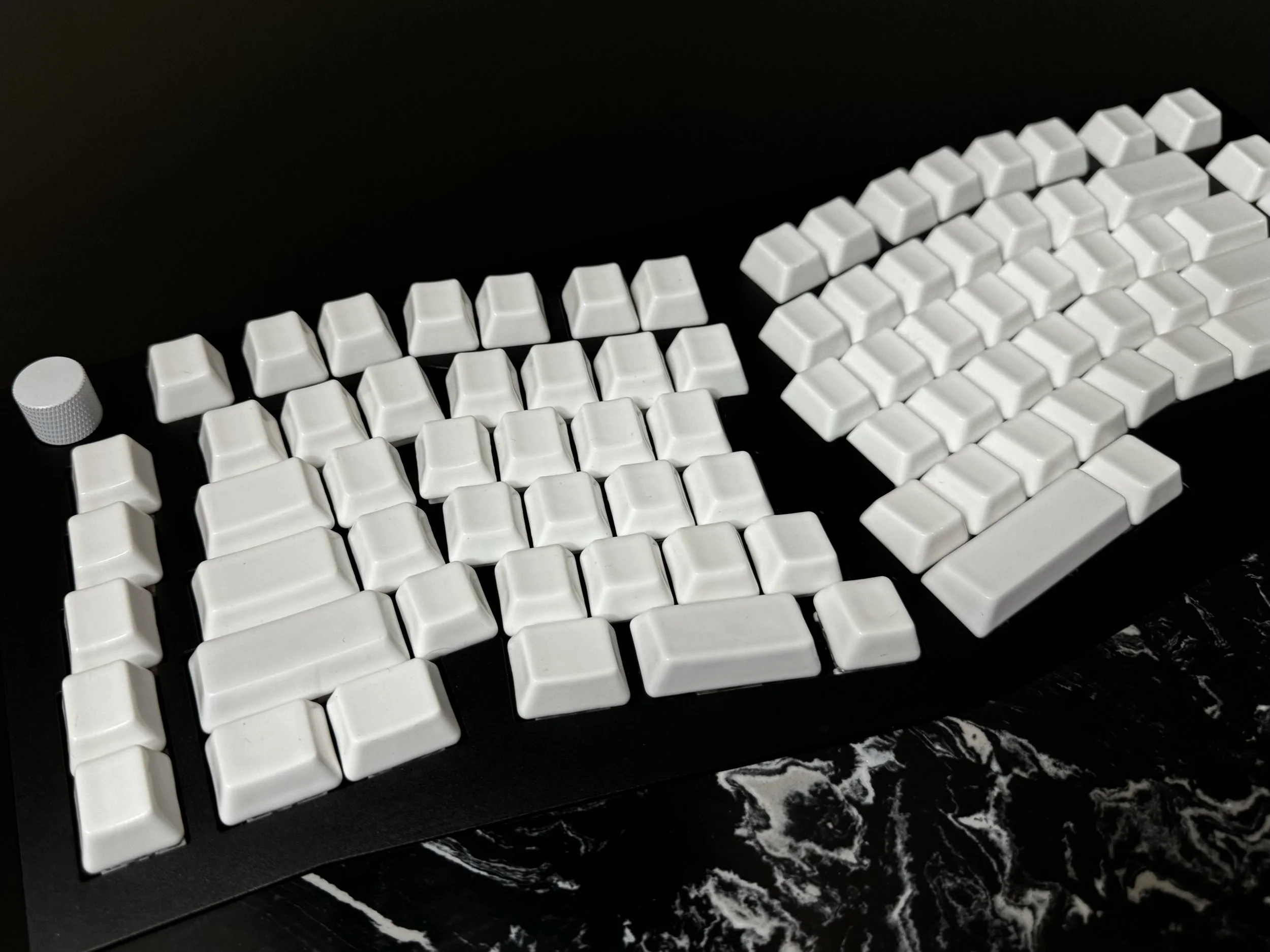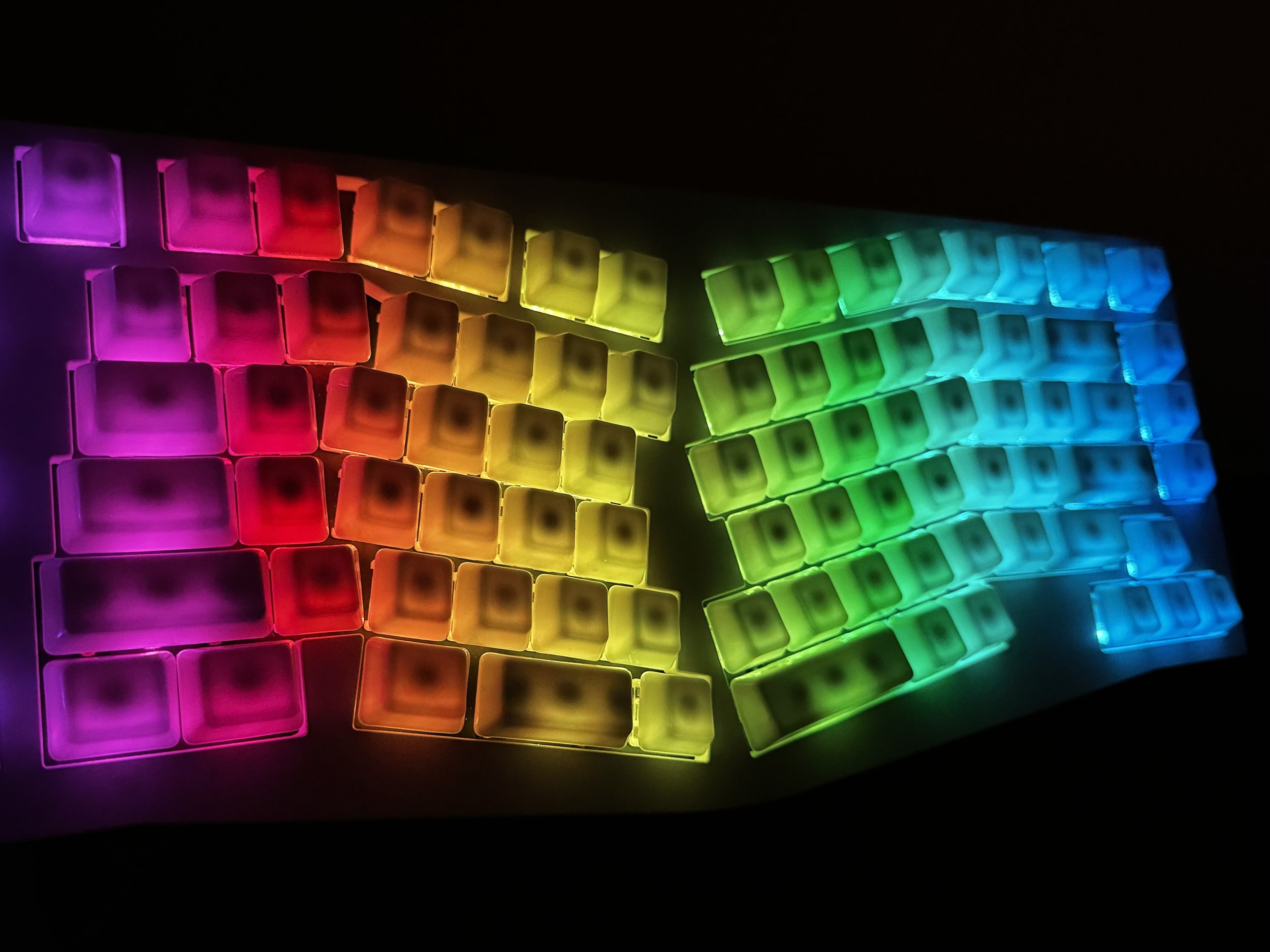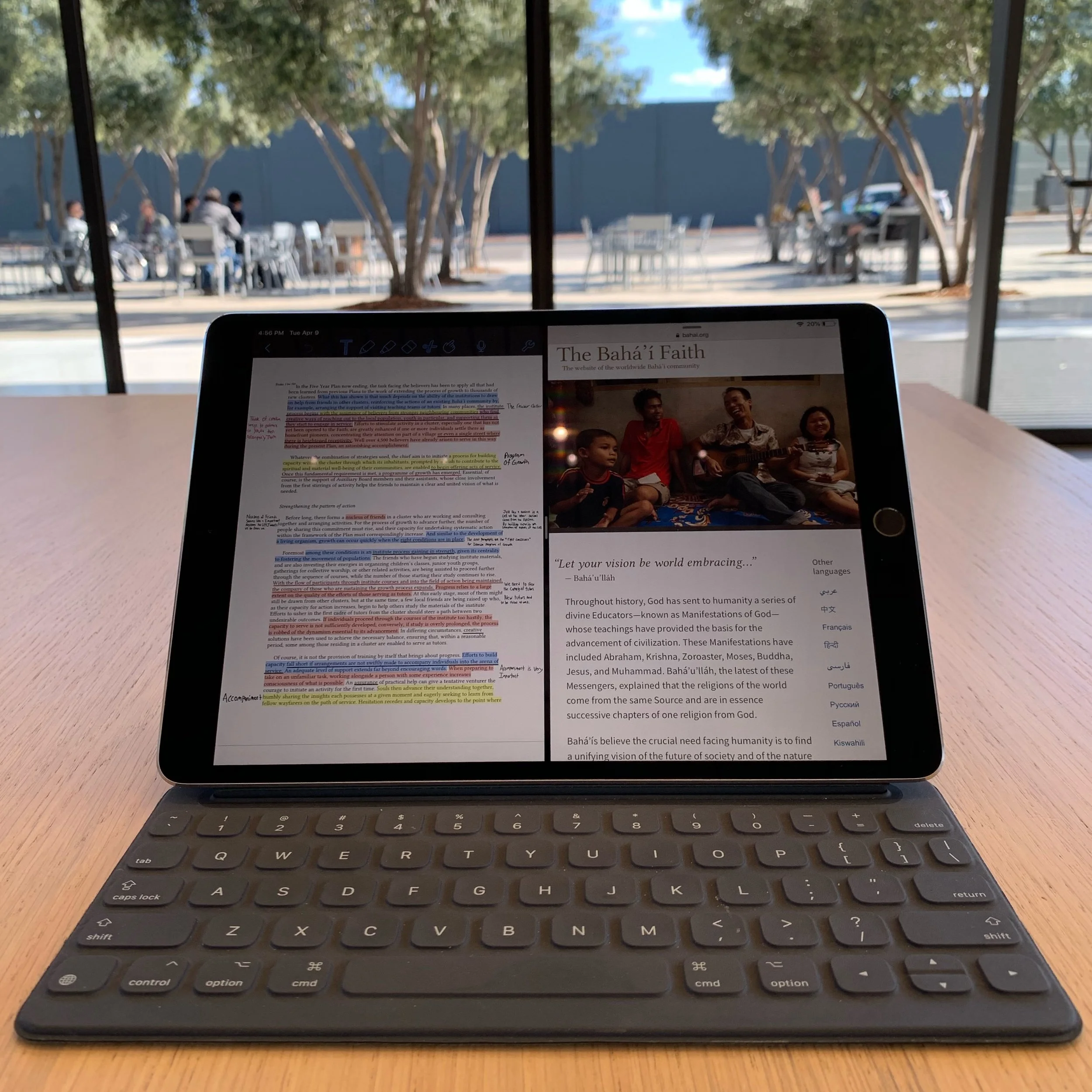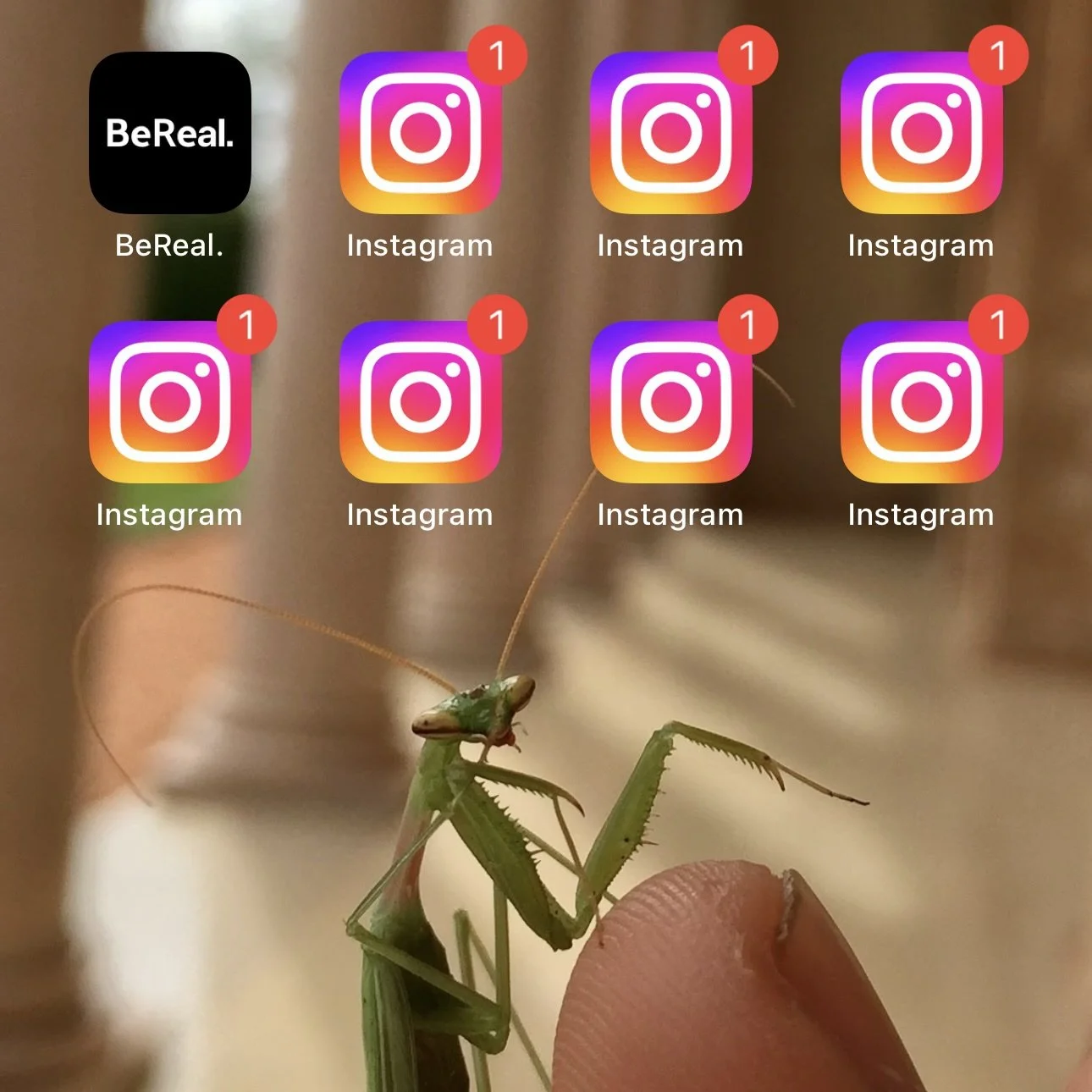Tools vs Instruments: My Journey Building a Mechanical Keyboard
For a couple of years now I’ve been thinking about the difference between tools and instruments. A tool like a hammer might have a singular purpose (to hammer), whereas instruments can be used for a variety of purposeful and more meaningful tasks. Although instruments are typically associated with music, an abstract definition I came up with is that instruments are the physical objects we use to do things that are expressions of the soul. In this way we all have instruments in our lives, mine happens to be a mechanical keyboard.
When I first started thinking about getting a mechanical keyboard back in November of 2022 I thought that investing money into a custom mechanical keyboard might be a waste. After all, my current built-in laptop keyboard was working fine and I didn’t necessarily need a new one. While that line of thinking was true, as I thought further I realized that keyboards are my instrument. I use them to express myself, to communicate with others, for my current job of communicating with clients, and even to write this blog post. Investing in a keyboard that was expressive of who I am felt like a necessary step because I care deeply about communicating with others and no matter where I end up, writing will always be a part of my life. Sure writing with my old laptop keyboard was fine but I was searching for intentionality. I wanted to care about my instrument in the same way that musician cares about theirs.
So Why Did I Design My Keyboard Like This?
The Layout
The first step in building a custom keyboard is deciding on your keyboard layout. There are several different types of keyboard layouts, from a 40% which only contains letters (seriously no numbers no arrow keys, pretty nuts) to a 100% which is something you’d find on retro computers from the 1980s. I chose the 75% Alice Layout because of its ergonomics. The split layout allows your hands to rest on the keyboard at a non-90° angle. This simple change made my typing experience feel more relaxed despite looking insane.¹
The Design
Since concluding that my keyboard is my instrument I decided to lean into this metaphor and chose to get a black keyboard with white keycaps mimicking a piano. I grew up playing piano and the idea that by typing and thus expressing my mental faculties I was creating a sort of music with my typed word, the piano aesthetic felt apt. On this note, my keycaps are blank and don’t have any “legends” or letters on them. This was a deliberate choice founded upon my love for minimalism and simplicity. As someone who can touch type I don’t need the legends, but I also didn’t like them on a philosophical level. If my keyboard was truly producing music why be limited by printed letters on my keycaps? I wanted each keypress to have a sort of limitless potential.
The Materials
Great instruments are made with unique materials. This is why I chose to get the aluminum version of the Keychron Q10 (vs the V10 made of plastic). For the keycap material, I chose to get the Cerakeys keycap set made from ceramic. The reason for buying keycaps made of ceramic is twofold. Ceramic keycaps just feel awesome. I love the feeling of waking up in the morning to the cold sensation I get from the ceramic against my fingers. It adds temperature to the overall sensory experience. Another sensory aspect ceramic keycaps add to a keyboard build is their sound. Just by changing the keycaps alone, I was able to give my keyboard more of a “Thock” sound which is extremely satisfying.² Finally, I bought a wristrest made of black marble with white veins as a complement to the overall look. Despite the misconception that wristrests need to be soft, a sloped hard wristrest actually supports your wrist better. The result was a stunning keyboard that looks and sounds just as great as it feels
The Build Process
Despite all the customization I’ve done, keyboard enthusiasts might not consider my keyboard “custom” without fully customizing the typing experience of my keyboard. How each key feels when pressed is determined by what type of keyboard switch you use. Some keyboard switches will feel harder to press down than others, others might make a more “clicky” sound. I prefer a more “linear” keyboard press and when I came across the Akko V3 Piano Switches that closely mirrored my keyboard design I knew they were the one.³ There was definitely something special about having the inner workings of every keypress be visually reflective of my overall piano aesthetic. To have each keyboard switch sound and feel better I took each switch apart and lubed them. This was a tedious yet relaxing process that involved using a paintbrush to manually apply keyboard lube to the inner workings of a switch. Despite taking forever and producing a subtle change in feel and sound, putting that much effort into my keyboard gave it a unique significance.
Final Thoughts
I loved the way my keyboard turned out. It feels like an absolute joy to type on. The customizations I made were great, but another aspect of the typing experience is the gasket mount design, which means the keyboard isn’t ridged and “gives” a little bit vertically as you type.⁴ The result is that typing on my keyboard feels analogous to typing on a metaphorical cloud. The subtle “Thock” sounds it makes as I finish typing this article is both satisfying and in an odd way motivating. Putting care into our instruments doesn’t necessarily mean that the music we produce will be better. But by investing time and committing intense attention to detail, my instrument's music feels much more intentional.
¹ For those wondering, adjusting to the split “Alice” layout as someone who touch types probably took me around 3 minutes. The learning curve was basically non-existent.
² If you want to hear what my keyboard sounds like, listen to the audio version of this blog post (and subscribe if you haven’t already.
³ Further confirmation of these switches being meant to be was that their name/the company that makes them “Akko” is also the name of the city I used to live in when I served at the Baha’i World Centre. A small yet personal nod to my past.
⁴ This is hard to explain with words so I recommend clicking on the linked video. My attempt to explain this is that a normal keyboard is static and the only thing that moves is the keycaps when you type. A gasket-mounted keyboard has an extra dimension that can move downwards without the entire keyboard moving downwards.















